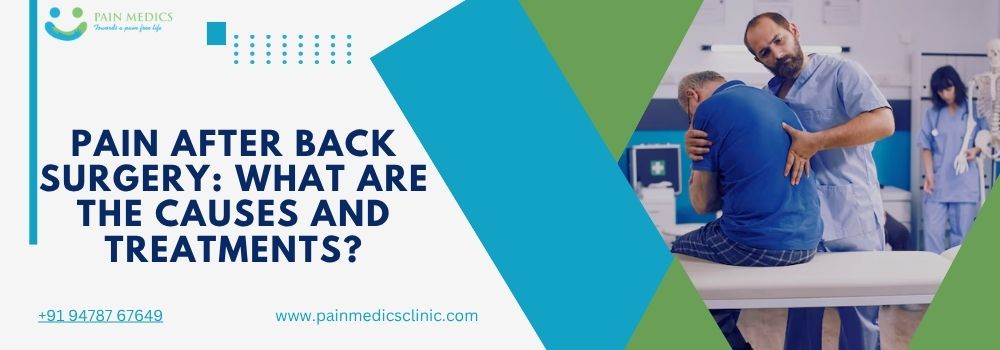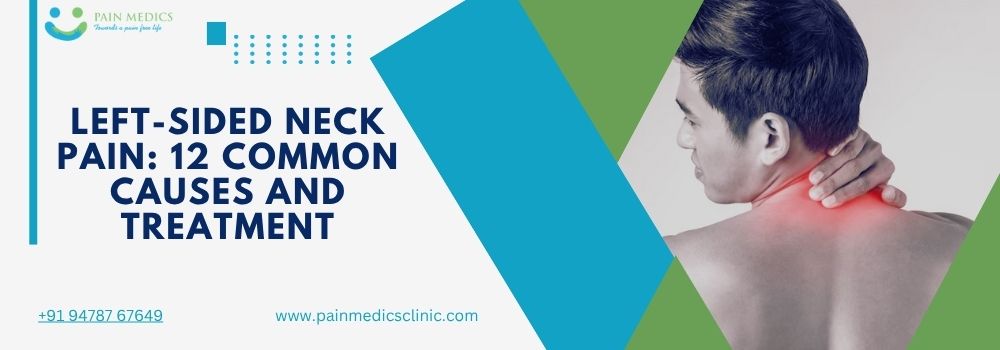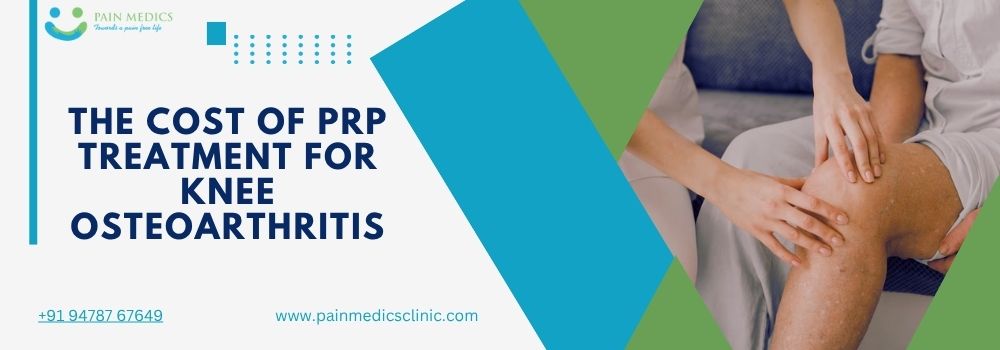Sports Injuries are soft bone, muscle, or tendon injuries that occur while performing any physical activity. These include small fractures, sprains, and strains that generally heal in a few weeks or months. The main reason behind these injuries is excessive training and falls. A minor injury can become long-lasting if not treated timely. Some of the Sports Injuries can be treated at home, but it is better to have a rehabilitation plan also.
Common Types Of Sports Injuries
The type and size of sports injuries depend on the sports one plays. The most common sports injuries include:
- Bone Fracture: A bone can crack or break if a sudden force is applied to it, such as a sudden twist, collision, or fall. Even chronic stress can cause a growth plate or stress fracture on a bone.
- Bursitis: It is a repetitive strain injury that affects the bursae. Bursae are small, soft, and fluid-filled sacs that absorb shock and provide padding between the bones and other tissues.
- Concussions: It is a brain injury that occurs when one’s head is hit while playing. Usually, contact sports like rugby, football, etc. can cause concussions.
- Contusions: These are bruises that come from bleeding under the skin. Ordinary bruises are superficial injuries, but a bone or muscle contusion can be a serious one.
- Joint Dislocation: It occurs when the bone’s end is dislocated from its normal position within a joint.
- Muscle Strains: It occurs when one over-stretches a muscle excessively beyond its range. Muscle strains are mild but can worsen if not treated early.
- Sprains: It is a ligament injury when one stretches the ligament beyond a certain limit, which leads to a ligament tear. Tendons are tissue pairs that connect bones with muscles at joints. Sprains can be mild and become severe if not treated early.
- Tendinitis: Tendinitis is a repetitive strain injury that affects tendons. It occurs with repetitive motions while performing any activity.
Factors Contributing to Sports Injuries
An acute sports injury is caused by a force of impact that is greater than the body part’s threshold. A chronic injury is typically caused by the repetition of the same motion. Injuries acquired from sports occur from several risk factors, including-
- Incorrect exercising techniques: improper technique leads to muscle fatigue and injury. This can eventually lead to swelling and tears in muscles or tendons.
- Overtraining: A Rapid increase in intensity or duration of training can lead to muscle spasms and injury.
- Sudden and quick changes in the intensity of physical activity.
- Running or jumping on hard surfaces is common seen in runners.
- Wear shoes that do not provide enough support to the feet and legs: Choosing the right shoes for a sports person is of the utmost importance to avoid injury to the muscles.
- Use of improper equipment
- Previous history of injury: Once the muscle or bone has been affected, its strength is also affected, which can lead to more injuries in the future.
- Poor flexibility or lack of warm-up before starting the intense exercises often leads to sports injuries.
- Certain medications
- A very important and unrecognised factor is not giving the body adequate time to rest and recover after an injury and returning early to perform sports.
How to Identify The Symptoms Whether The Injury Is Acute or Chronic?
Depending on whether the sports injuries are acute or chronic, their symptoms also vary. Acute injuries, as the name suggests, are sudden in onset and often accompanied by
- Severe and sudden pain
- Swelling and bruising
- Inability to move a limb/ affected part
- Inability to bear weight in case of leg/foot injuries
Chronic injuries often result from ignoring acute injuries and not taking proper treatment, leading to
- Pain only on playing or exercising
- Swelling and a dull ache on resting
Management and Treatment
When one initially sustains a sports injury, using the RICE method can provide immediate relief. RICE represents Rest, Ice, Compression, and Elevation. At times, a parent, school nurse, or sports medic might implement the RICE method on the playing field or playground until one can consult a healthcare professional. This approach can help alleviate pain and reduce swelling during the early stages of the injury. However, different treatment will be necessary later on.
Many sports injuries can be managed at home, but it’s crucial to have a healthcare provider guide one on the treatment strategy. More serious sports injuries may necessitate specialized medical attention, such as:
- Pain Management: One might require over-the-counter or prescription medications for pain relief.
- Closed Reduction: A healthcare provider may need to realign a joint that is out of place.
- Non-Surgical Interventions: Certain minimally invasive non-surgical interventions like regenerative therapy, nerve blocks or injections into bursae can help repair the injury or reduce pain.
- Surgery: Surgical intervention might be needed to repair a tear or a fracture, for instance.
- A Cast or Splint: One may need to use a cast or splint to stabilize the injured area.
Following a rest period, one will need to regain strength and flexibility in the affected area. This constitutes the rehabilitation phase of the treatment plan. The healthcare provider will guide one on when and how to begin moving the injured part again. They might also refer the patient to a physical therapist who can create a customized exercise regimen. Nearly any sports injury can benefit from undergoing physical therapy.
At Pain Medics
At Pain Medics, we treat injuries according to their onset and severity. Acute injuries respond to simple measures like Rest and Immobilisation, followed by restoration of movement once pain-free and starting Physiotherapy to improve strength.
Chronic injuries require minimally invasive interventions like regenerative therapy to torn or swollen tendons and ligaments, utilising either platelet-rich plasma or Growth Factors to be injected in and around the site of injury for long-lasting pain relief and recovery of the tissues.








